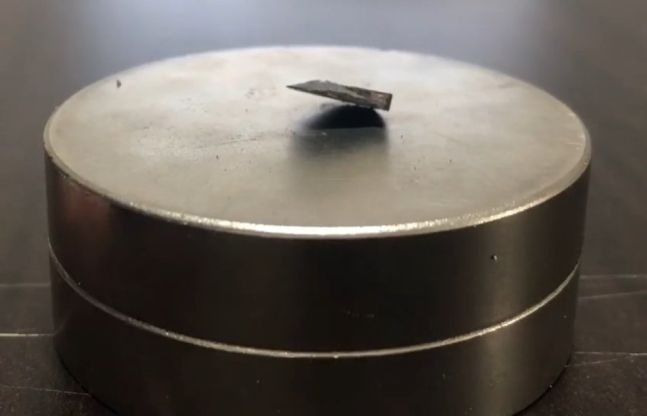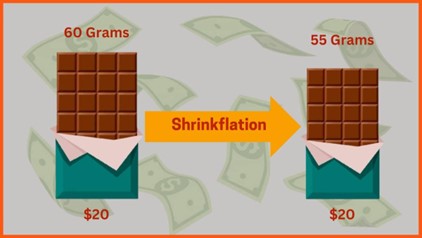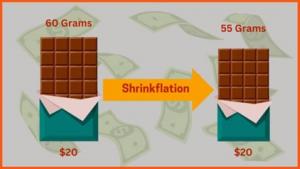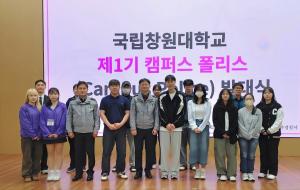 |
|
▲ Room-temperature superconductor 'LK-99' unveiled by Quantum Energy research team (Source: Daily An) |
A paper titled "The first room- temperature and atmospheric- pressure superconductor" published on July 22nd on the document pre- release site 'Archive' has recently heated up the world's scientific community. The authors of this paper include Lee Seok- bae, CEO of Quantum Energy Research Institute, Dr. Kim Ji- hoon, Honorary Professor Oh Geun- ho of Hanyang University, and Kim Hyun- tak of William & Mary University in the U.S. They said in a paper that they created a superconductor called 'LK- 99' that functions at room temperature and atmospheric pressure, and also explained that its mechanism was based on the "superconductivity theory by statistical mechanics" published in 1991 by Choi Dong- sik, an Honorary Professor of Chemistry at Korea University, who died in 2017.
"Superconductor" refers to a material with zero electrical resistance, and theoretically, it is a structure in which electric current can flow indefinitely without energy loss. In 1911, when Dutch physicist Heike Kamerlingh Onnes cooled solid mercury, he confirmed that the resistance suddenly disappeared and observed the superconducting phenomenon for the first time. In general, many metals require a cryogenic environment of minus 100 degrees Celsius or less to become superconductors, in conjunction with high pressure, which is more than 100,000 times the normal pressure, and is required under room temperature conditions. Due to these limitations, superconductors are expensive to implement and have limitations in commercialization.
Against this backdrop, the Quantum Energy research team announced the success of implementing the superconductor in a room temperature and atmospheric pressure environment, saying that the LK- 99 superconductor maintains its superconductor properties up to 126℃ at 1 atmosphere (atm). When manufacturing electric wires with room temperature and atmospheric pressure superconductors, the power loss rate is theoretically 0, so the transmission efficiency of the energy system will be maximized. In addition, since there is no unnecessary heat generation, we don't need to install a cooling system in various electronic products, and also it is expected that rapid development will be possible, such as improving the performance of mobile phones to a supercomputer level.
The LK- 99 was unveiled to academia, and superconductor issues were rampant around the world, but skepticism from academia is more dominant behind the enthusiasm. In fact, on August 14, the international journal 'Nature' quoted an announcement from Germany's Max Planck Solid Research Institute as saying that, "the LK- 99 is not a superconductor." Nature explained that the 'superconducting similar phenomenon' claimed by the Quantum Energy research team, was caused by impurities of copper sulfide that occurred during the manufacturing process of LK- 99. Reproducing a single crystal of pure LK- 99 isolated from impurities produced a transparent purple crystal, which was identified as an insulator with a high resistance of millions of ohms (Ω). This is the exact opposite of a superconductor with zero electrical resistance, and based on this experiment, Nature concluded that it is true that LK- 99 has some ferromagnetic (magnetic) and antimagnetic properties, but it is not a superconductor because it does not show sufficient supporting properties on magnets. In Korea, LK- 99 samples are manufactured and experimented, but superconductivity at room temperature and atmospheric pressure has not yet been found.
The emergence of LK- 99 in academia and controversy over its authenticity led to fierce discussions in various communities, and on SNS, both domestic and abroad, while superconductor- related stocks also continued to fluctuate, spreading interest to the public beyond the scientific community. Sinead Griffin, a physicist at the Lawrence Berkeley National Laboratory, said, "Beyond the controversy over the authenticity of the LK- 99, the study is positive in that it has aroused public curiosity about superconductors. Recently, I even received questions about superconductors from high school students and I am watching this situation with great interest." Even if the LK- 99 case was not a successful development, it was an opportunity for many laboratories to produce and verify room- temperature and atmospheric- pressure superconductor samples, and to accelerate superconductor research.
By Seo Ji-min, reporter jmseo1215@naver.com
<저작권자 © The Campus Journal, 무단 전재 및 재배포 금지>

 Shrinkflation, Consumer Deception
Shrinkflation, Consumer Deception




